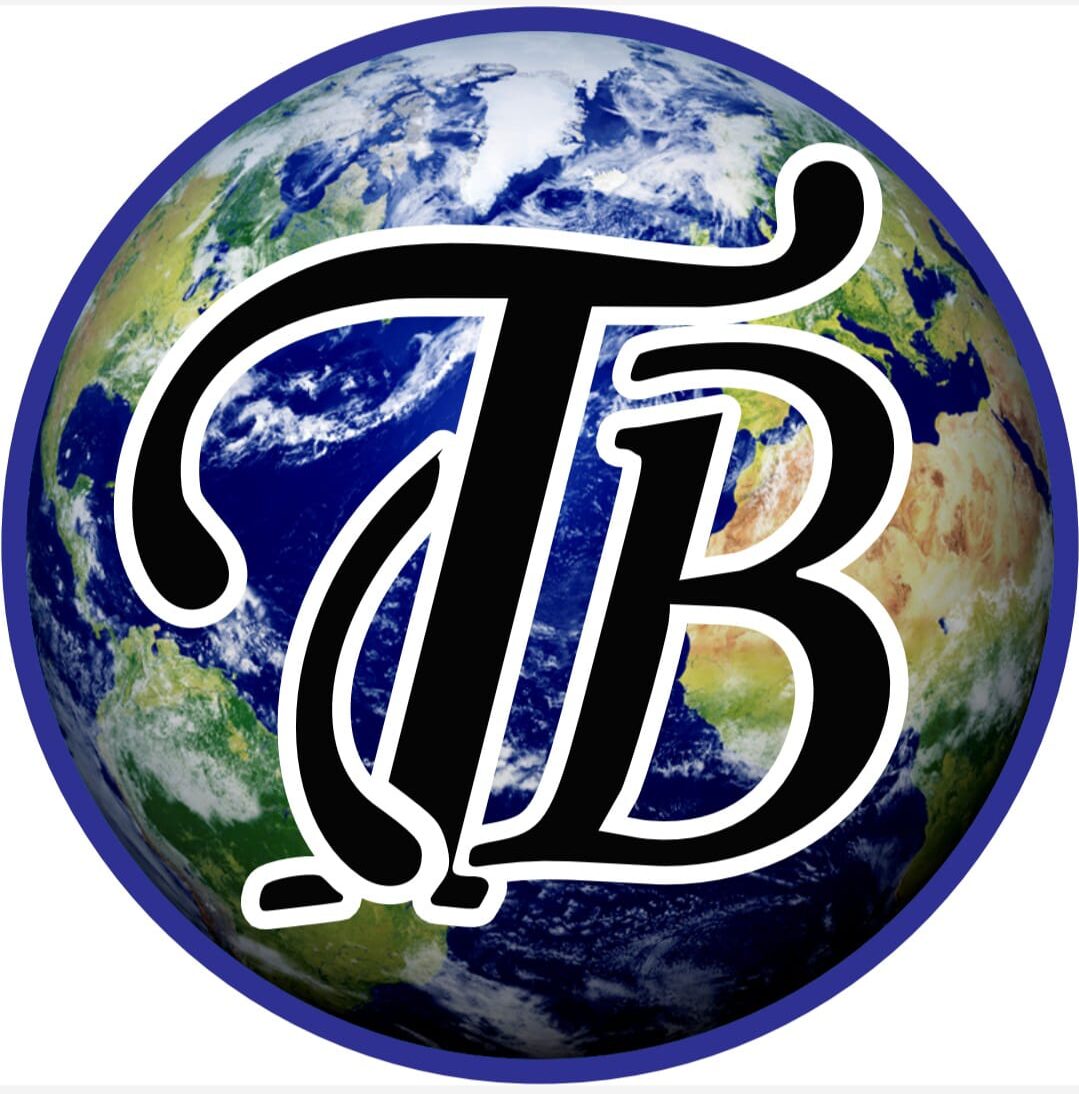History of the Textile Industry: From Ancient Weaving to Modern Globalization
The textile industry has a long history that dates back thousands of years, and its emergence is closely tied to human civilization and the development of various technologies. Here is a general overview of how the textile industry emerged with humans:
History of the Textile Industry
- Early Beginnings: Ancient civilizations like Mesopotamia, Egypt, and the Indus Valley pioneered textile usage, weaving natural fibers such as flax, wool, and silk to craft the earliest fabrics.
- Spinning and Weaving: Spinning and weaving are fundamental processes in textile production. Spinning involves twisting fibers together to create yarn or thread, while weaving involves interlacing these yarns on a loom to create fabric.
- Technological Advancements: Over time, humans developed various technologies to improve textile production. For example, the invention of the spinning wheel in the Middle Ages significantly increased spinning efficiency. In the 18th century, the invention of the flying shuttle and other mechanized looms revolutionized weaving, leading to increased production.
- Industrial Revolution: The textile industry underwent a major transformation during the Industrial Revolution in the late 18th and early 19th centuries. The invention of steam-powered machinery, such as the spinning jenny and power loom, mechanized textile production on a large scale. This led to the establishment of textile mills and factories, marking the beginning of mass production in the industry.
- Global Expansion: The textile industry expanded globally as trade networks grew and colonial powers established production centers in different regions.
- Technological Innovations: Throughout the 19th and 20th centuries, further technological innovations continued to shape the textile industry.
- Modern Era: Today, the textile industry is a globalized and complex sector. It encompasses various sub-sectors, including spinning, weaving, knitting, dyeing, printing, and garment manufacturing. Technological advancements continue to drive innovation, such as computerized textile design, automation in production processes, and sustainable textile practices.
